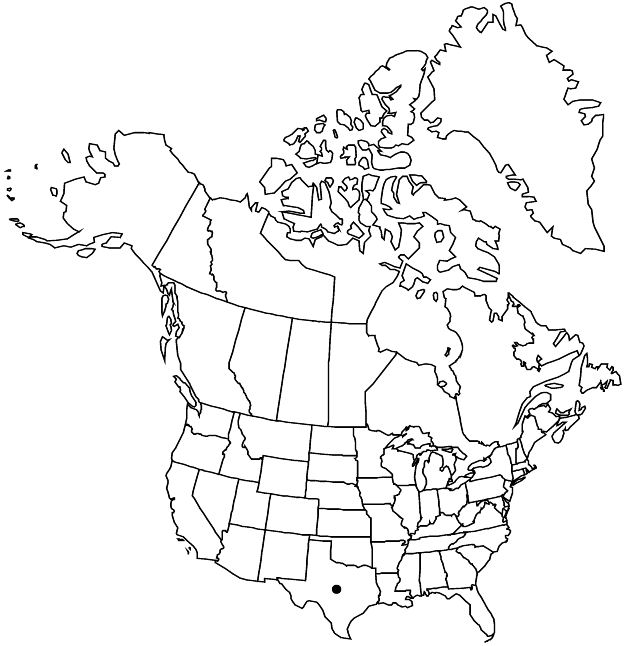Croton suaveolens
in W. H. Emory, Rep. U.S. Mex. Bound. 2(1): 194. 1859.
Shrubs, 2–5 dm, monoecious. Stems dichotomously much branched proximally, coarsely stellate-tomentose. Leaves often clustered near inflorescences; stipules each 5–10 glandular papillae, 0.2–0.5 mm; petiole 0.5–1.5 cm, 1/4 leaf blade length, glands absent at apex; blade obovate or ovate to broadly elliptic, 2–5.4 × 1–3.6 cm, base obtuse, margins entire, apex obtuse to acute, abaxial surface pale green to cream, adaxial surface darker green, both densely stellate-hairy. Inflorescences bisexual or staminate, racemes, 1–3 cm, staminate flowers 6–10, pistillate flowers 1–3. Pedicels: staminate 3–5 mm, pistillate 1–2 mm. Staminate flowers: sepals 5, 2 mm, abaxial surface stellate-hairy; petals 5, spatulate or obovate, 0.4–0.6 mm, abaxial surface densely villous at base and along margins, otherwise glabrous; stamens 12–16. Pistillate flowers: sepals 5, equal, 2.5 mm, margins entire, apex straight to slightly incurved, abaxial surface stellate-hairy; petals glandular papillae; ovary 3-locular; styles 3, 4–6 mm, 2-fid to base, terminal segments 6. Capsules 7–10 × 6–8 mm, smooth; columella apex with 3 rounded, inflated lobes. Seeds 5.5–7 × 4–5 mm, shiny.
Phenology: Flowering Apr–Nov.
Habitat: Rocky slopes, foothills.
Elevation: 1500–2000 m.
Distribution

Tex., Mexico (Coahuila, Chihuahua, Nuevo León).
Discussion
Croton suaveolens is found in the flora area only in trans-Pecos Texas.
Selected References
None.